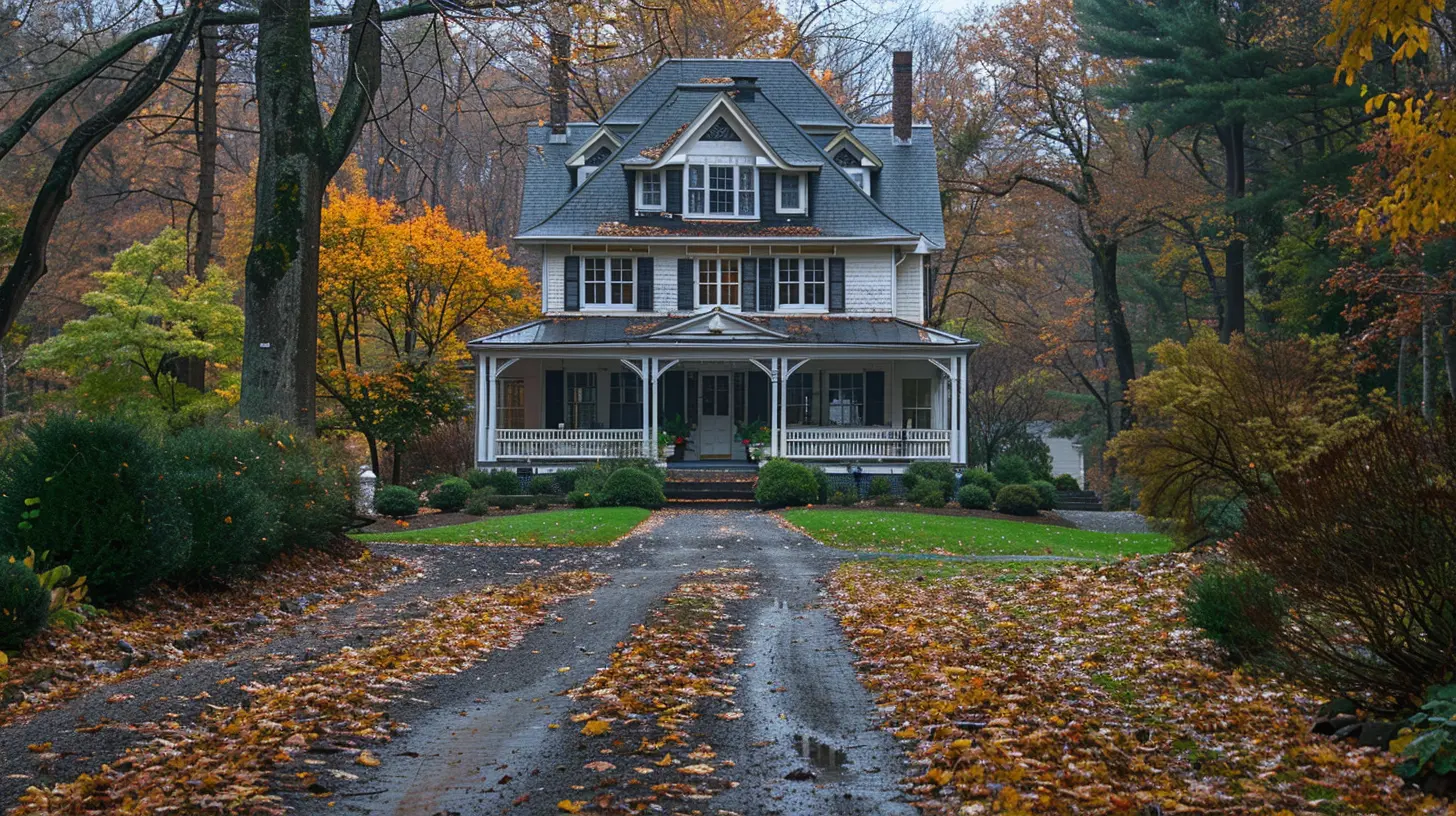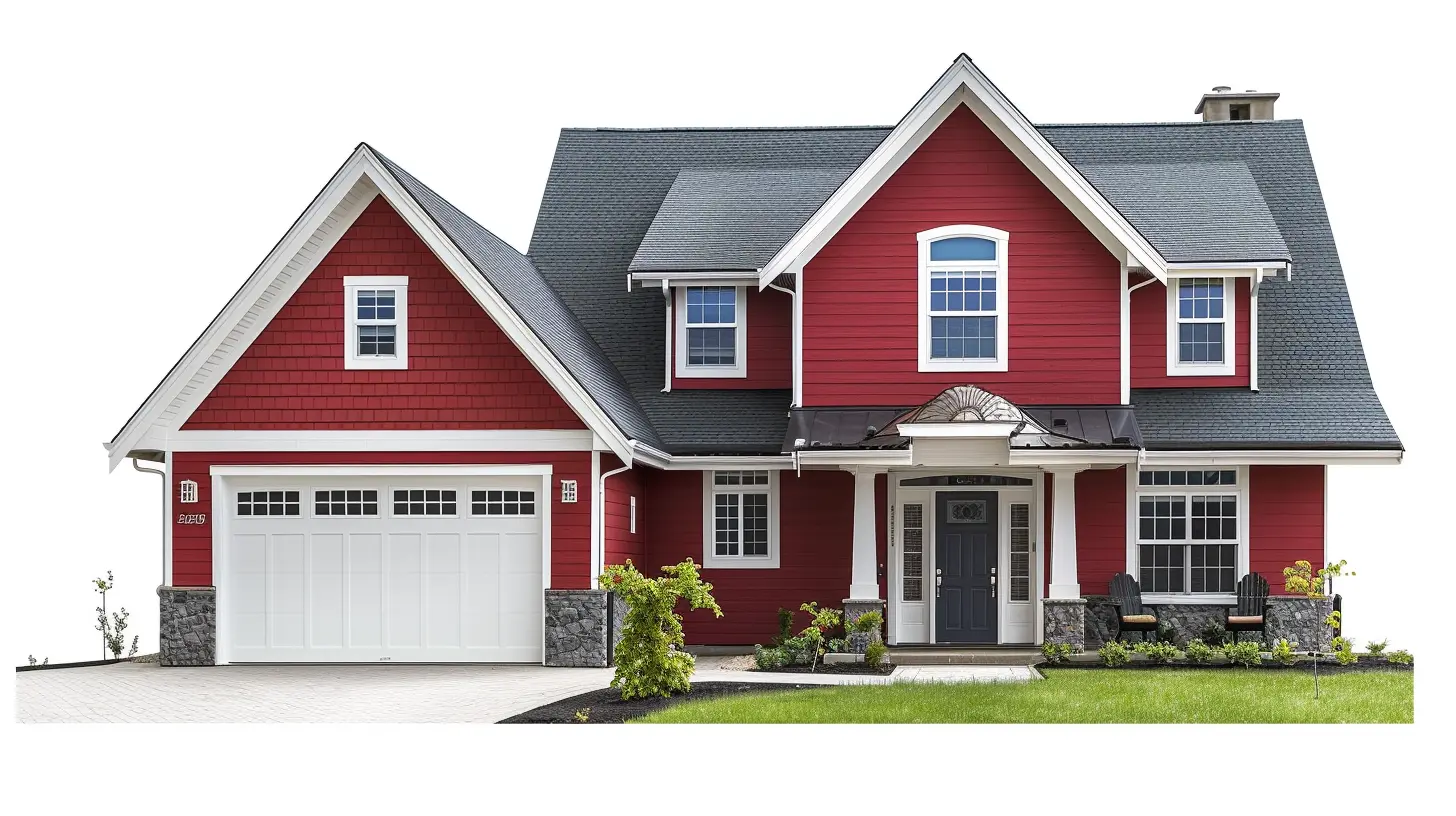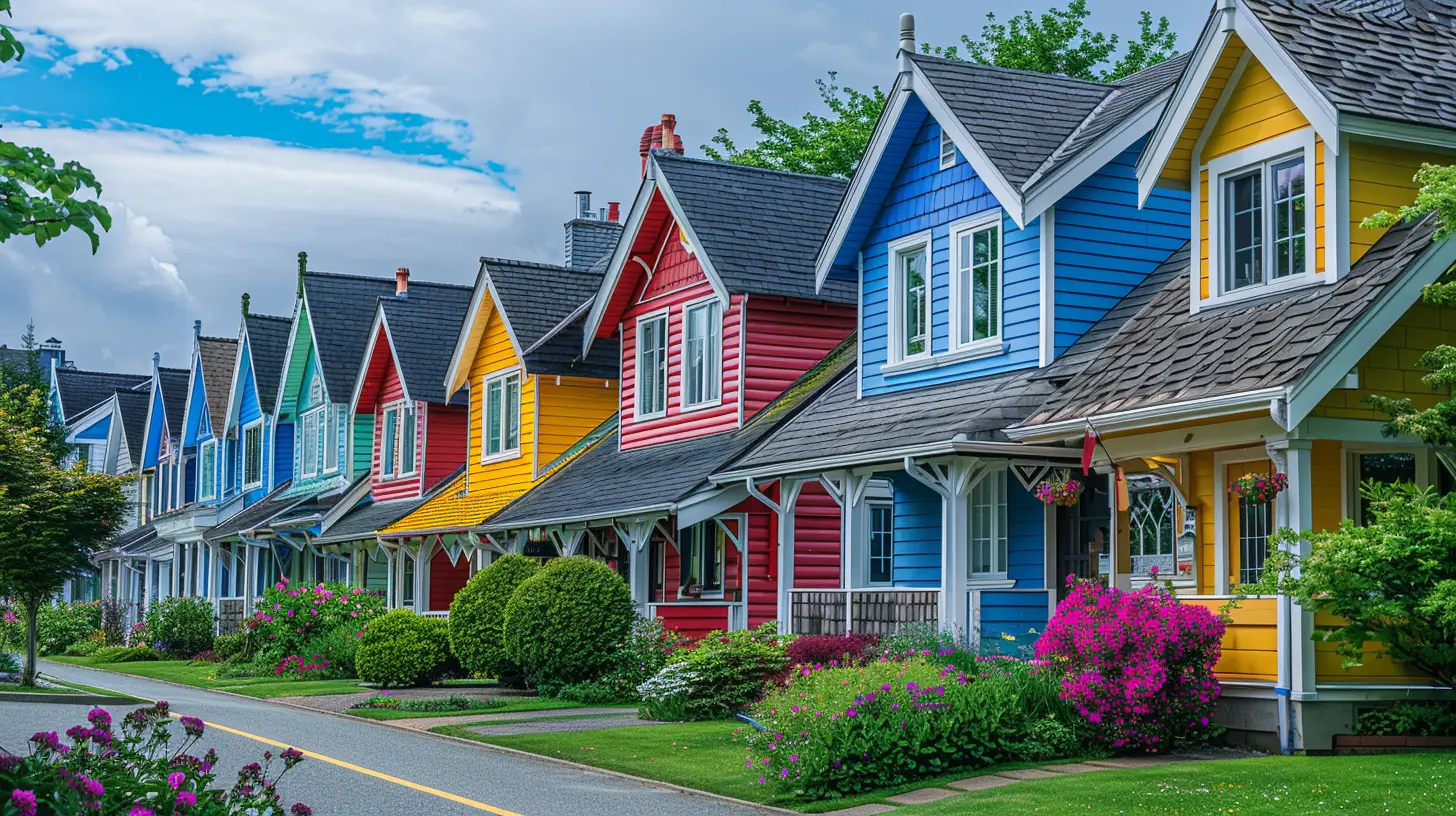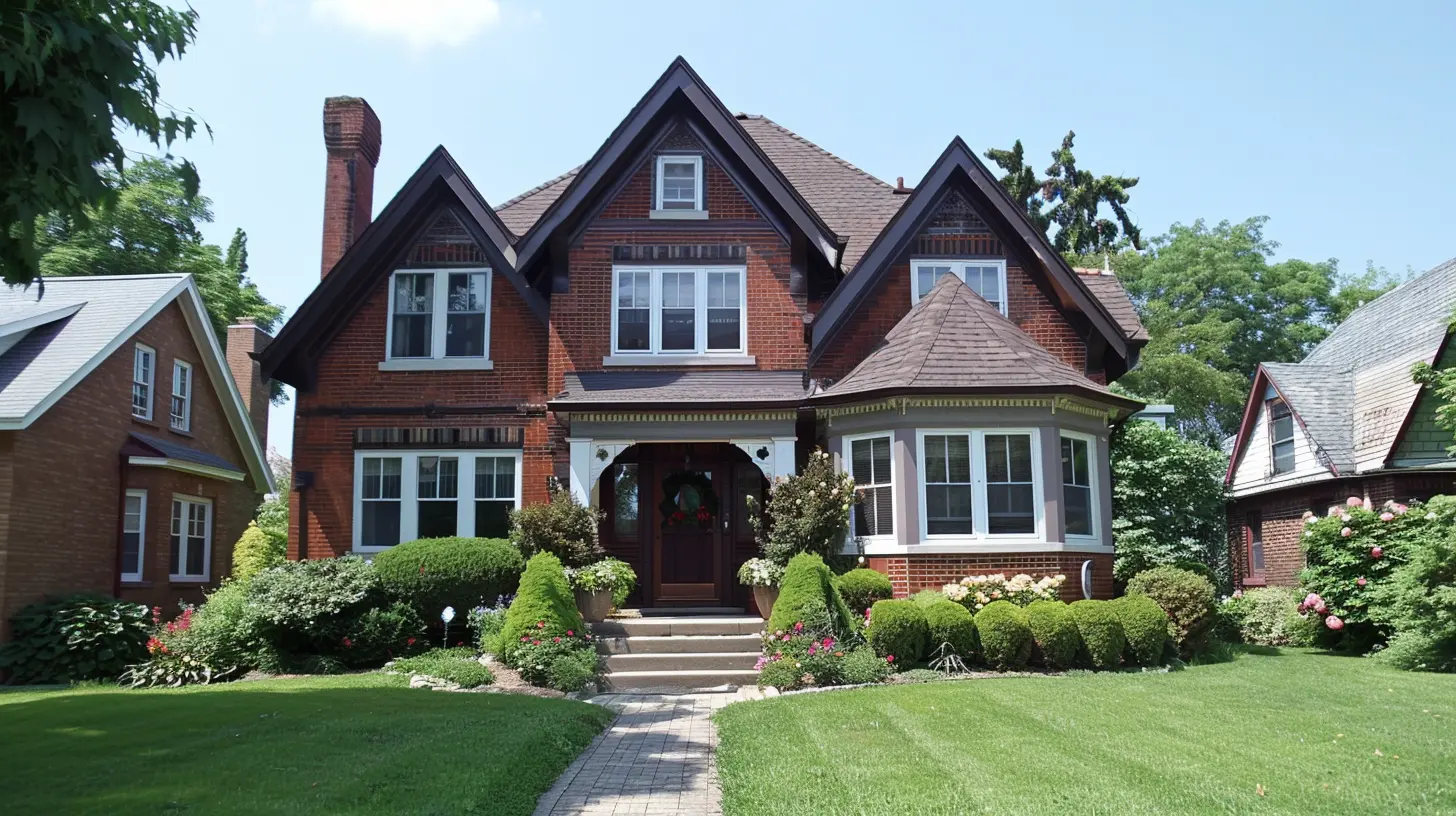Homeowners Insurance for Older Homes: What You Should Expect
6 June 2025
Owning an older home comes with lots of charm, character, and history. From tall ceilings to intricate woodwork, these houses offer a unique appeal. But when it comes to homeowners insurance, things can get a little tricky. Unlike newer homes, older houses often have different risks and challenges, which can impact the coverage you get—and how much you pay for it.
So, what should you expect when insuring an older home? Let’s break it down step by step.

Why Insuring Older Homes is Different
Insurance companies evaluate risk when determining your premiums. Unfortunately, older homes often present more risks than modern ones. Here’s why:- Outdated Electrical Systems: Many older homes were built before modern electrical standards existed. If your home still has knob-and-tube wiring or an outdated fuse box, insurers may see it as a fire hazard.
- Aging Plumbing: Old plumbing systems, especially those made of galvanized steel or lead pipes, are prone to leaks and bursts, which can lead to water damage.
- Structural Issues: Foundations, roofs, and framing in older homes may not meet modern building codes. The risk of collapse, leaking, or other structural damage tends to be higher.
- Outdated or Hazardous Materials: Materials like asbestos insulation and lead-based paint were commonly used in older homes. These pose health risks and could lead to expensive claims.
All these factors can make insuring an older home more expensive and, in some cases, more complicated.

What to Expect When Getting a Policy
1. Higher Premiums
Older homes usually cost more to insure because of their increased risk factors. Insurance companies often charge higher premiums to offset the likelihood of claims.2. Replacement Cost vs. Actual Cash Value
When you insure your home, your policy will either cover replacement cost or actual cash value (ACV).- Replacement Cost: Covers the cost to repair or rebuild your home using materials of similar quality, regardless of depreciation.
- Actual Cash Value: Pays out based on the home’s current market value, factoring in depreciation.
Many insurers prefer ACV policies for older homes since they don’t want to cover expensive materials that might not even be available anymore. However, if you want full coverage, a replacement cost policy is the better option—though it will likely be pricier.
3. Additional Inspections May Be Required
Because older homes carry more risks, your insurer may request an inspection before issuing a policy. They’ll check the plumbing, electrical, roof, and overall structure to determine whether they’ll approve coverage or require updates. In some cases, insurers might refuse to cover your home until certain repairs or upgrades are made.4. Limited or Excluded Coverage for Certain Features
Some parts of your older home might not be covered under a standard policy. Here are a few common exclusions or limitations:- Roofs Older than 20-25 Years: Some insurers won’t cover an aging roof, or they’ll only offer ACV coverage instead of full replacement.
- Outdated Electrical or Plumbing Systems: If your home has old wiring or plumbing, some insurers may exclude coverage for damage related to these issues.
- Foundation and Structural Issues: If your home has a cracked foundation or signs of structural weakness, it might not be covered.
If an insurer refuses to cover these risks, you may need to make updates or find a specialty policy that provides better protection.

How to Lower Your Insurance Costs
Just because older homes come with higher insurance rates doesn’t mean you're stuck paying sky-high premiums. Here are some practical ways to reduce costs:1. Upgrade Your Home Systems
One of the biggest reasons insurers charge more is because of old wiring, plumbing, and roofing. If you update these systems to meet current building codes, you may qualify for discounts.- Electrical: Upgrade to modern circuit breakers and replace any outdated wiring.
- Plumbing: Swap out old galvanized steel or lead pipes for newer PVC or copper piping.
- Roof: If your roof is near the end of its lifespan, replacing it could not only lower your insurance costs but also protect your home from costly damage.
2. Install Safety Features
Adding safety and security features can also help bring down costs. Consider:- Smoke detectors and fire extinguishers
- A security system
- Storm shutters (if you live in a high-risk weather area)
- A sump pump (if you have a basement prone to flooding)
3. Bundle Your Insurance Policies
If you also have auto or life insurance, bundling them with your homeowners policy can lead to significant discounts. Many insurers offer multi-policy savings, so it’s always worth asking about.4. Increase Your Deductible
Opting for a higher deductible means you’ll pay more out of pocket if you file a claim, but it can reduce your monthly premiums. Just make sure you have enough emergency savings to cover unexpected repairs.5. Shop Around for the Best Rates
Don’t settle for the first quote you get. Different insurance companies assess risk in different ways, so shopping around could save you hundreds of dollars a year. Look for insurers that specialize in older homes, as they may offer better coverage at competitive rates.
Alternative Coverage Options
If traditional homeowners insurance is too costly or unavailable, consider these alternative coverage options:Historic Home Insurance
If your home is officially registered as historic, a specialized policy might be a better fit. These policies consider the unique materials and craftsmanship that go into historic properties and often provide better coverage for necessary restorations.Fair Access to Insurance Requirements (FAIR) Plans
If your home is deemed too risky for traditional coverage, you might qualify for a FAIR Plan. These are state-run insurance programs designed to help homeowners who can’t get coverage elsewhere. While they’re often more expensive, they can provide necessary protection when other options fall through.Specialty Insurance Providers
Some insurers focus specifically on older homes and high-risk properties. If you’re having trouble finding an affordable policy, check with specialty insurers who understand the unique challenges of insuring an older home.Final Thoughts
Insuring an older home comes with challenges, but it’s not impossible. Yes, you may face higher premiums or additional inspections, but by making necessary upgrades, installing safety features, and shopping around, you can find a policy that fits your budget and needs.Remember, every home is different—so take the time to assess your coverage options carefully. After all, your home is one of your biggest investments, and having the right insurance in place ensures its timeless charm stays protected for years to come.
all images in this post were generated using AI tools
Category:
Homeowners InsuranceAuthor:

Kingston Estes
Discussion
rate this article
3 comments
Naomi Thomas
Old homes: insurance or treasure hunt?
June 18, 2025 at 4:06 AM

Kingston Estes
Old homes can be both—valuable treasures with unique charm and potential insurance challenges. It's essential to assess their condition and coverage options to protect your investment.
Gunner Phillips
Owning an older home is a unique journey! Embrace the charm but don't overlook the importance of homeowners insurance. Equip yourself with knowledge, protect your investment, and savor the peace of mind that comes from being prepared for the unexpected!
June 13, 2025 at 2:44 AM

Kingston Estes
Absolutely! Embracing an older home is rewarding, and having the right homeowners insurance is essential for protecting your investment and ensuring peace of mind.
Ingrid McElveen
Embracing the charm of older homes comes with unique challenges, but understanding homeowners insurance can empower you! With the right coverage, you can protect your investment and enjoy the beauty of your vintage property without worry. Happy homeownership!
June 6, 2025 at 12:00 PM

Kingston Estes
Thank you for your thoughtful comment! You're absolutely right—understanding insurance is key to enjoying the unique beauty of older homes. Happy homeownership to you too!



